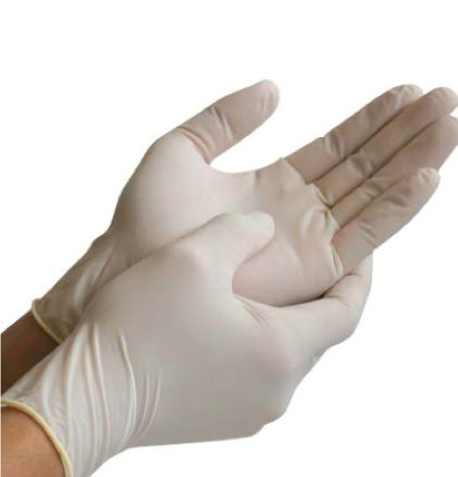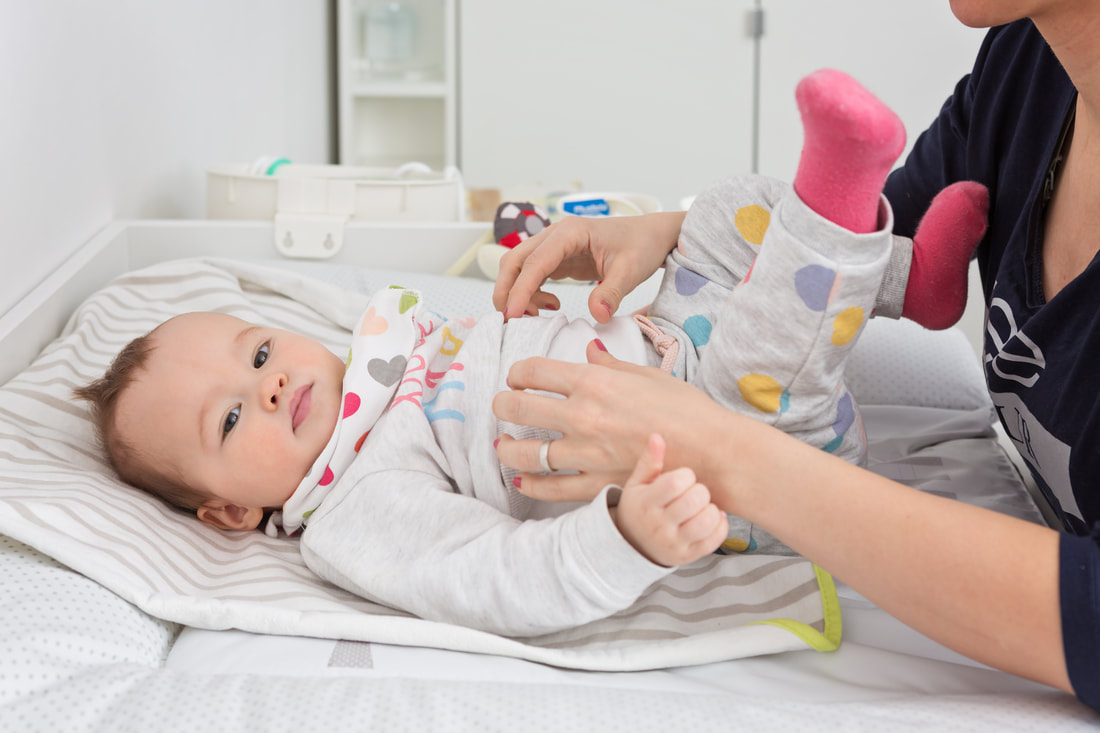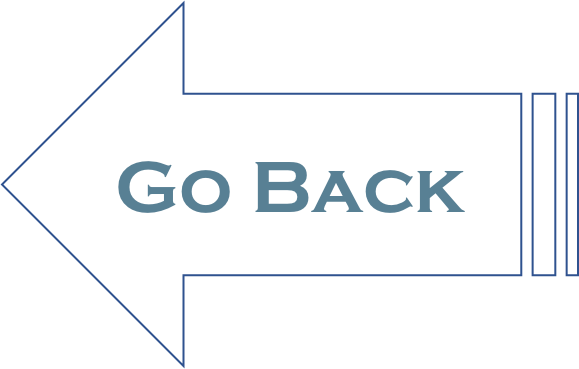Gloves |
Page 16 |
|
Best practice requires that gloves should be worn when: changing diapers, serving food, blowing noses and or dealing with any blood borne or OPIM’s exposure. Because you cannot always make sure that your skin has no breaks, barriers such as gloves offer protection. Wearing gloves does not prevent you from spreading contamination from one surface to another while you are wearing them.
Wearing gloves does not take the place of washing your hands.
|
You always need to wash your hands when you have removed the gloves. Gloves used as a barrier should be made of latex, vinyl or heavy-duty rubber. Wear disposable gloves one time only. Often, gloves have very tiny openings in them that can allow some germs to get inside, under the glove. Remember, when you wear gloves, always WASH YOUR HANDS AS SOON AS YOU REMOVE THE GLOVES.
Use gloves whenever you might touch blood, blood-containing body fluids, including blood-containing tissues or injury discharges. These fluids may contain the viruses that transmit HIV, hepatitis B, hepatitis C and hepatitis D. Human milk expressed from the breast can be contaminated with blood from a cracked nipple, but the risk of transmission of these viruses from human milk is very low. Wearing gloves is not necessary for feeding or cleaning up spills of expressed human milk. The stomach acid kills germs in human milk, so spit-up human milk does not transmit bloodborne infection. Caregivers with open cuts or sores on their hands should avoid getting expressed human milk on their hands.
|
Unless there is visible blood, gloves are optional when touching feces (stool), nasal secretions, sputum, vomit, sweat, tears, urine, breast milk or saliva. Many educators are more comfortable wearing gloves when changing soiled diapers or wiping runny noses because less of these body fluids get on their skin, to be washed off.
Gloves should be available for whoever wants to wear them for protection. |
PROPER HANDWASHING IS THE MOST IMPORTANT WAY OF PROTECTING YOURSELF AND THE CHILDREN AGAINST INFECTION.
Using gloves at the proper times requires being prepared in advance. You may want to make gloves available on the playground, in the first aid kit, at the diaper-changing table, in the car on field trips, with the cleaning materials, and in your pockets.




